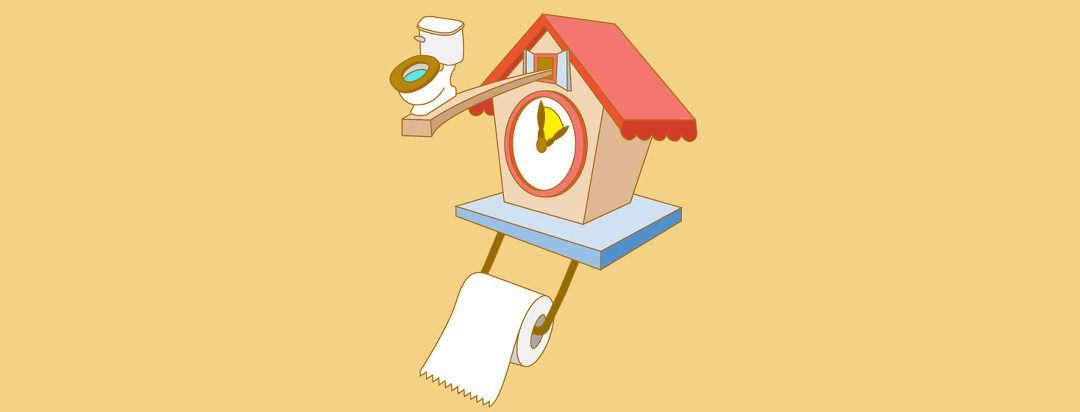Try and See: Learning to Adjust to a Neobladder
Before a trip, when my children were young, my wife Sharon and I would ask them if they needed to go to the bathroom. Of course, being young children, they would tell us no. We quickly learned to be more persistent. “Why don’t you try and see?” we’d tell them. Very often, this ritual would prevent unnecessary stops along the road. Eventually the phrase “Try and see,” became a euphuism for urination in our home. Even years after the kids are grown, with children of their own, my wife and I still tell each other we need to “Try and see.”
I’m not sure why some small children don’t know when they need to urinate. Have young bladders not developed the signaling nerves yet? Maybe young brains haven’t learned to correctly interpret the neural impulses. I suspect that most likely they are simply too distracted by other things to take notice. They are so absorbed in their play, they don’t want to take the time and effort for a bathroom break. Young children are still learning how things work in the bathroom, and it can be an inconvenient effort they would rather try to ignore.
Re-learning how to tell when the bladder is full
The phrase “try and see,” has taken on a more literal connotation following my bladder cancer. I underwent neo-bladder replacement surgery. My surgeons removed my original, cancerous bladder and replaced it with one they made from a section of my small intestine. This allows me to lead a very normal life without ostomy bags. But some things did change. I no longer have the nerves that tell me when my bladder is full. I assume they were turned to ash in the hospital biohazard incinerator.
Different warnings signs than before
As a result, I sometimes don’t realize how urgently need to go. I do get warnings, but they are different and much more subtle. They are not the signs I grew up with. If they are too subtle, or I’m distracted, I might miss them. I’m not certain they are consistent. Sometimes when I think I have to go urgently, I will produce only a small amount of liquid. Other times, I might find myself leaking with no warning.
I’ve developed coping mechanisms. One such mechanism is a clock running in the back of my head. About every three hours, I will begin to seriously consider when and where I’m going to “Try and see.” As mentioned earlier, that phrase is now much more literal. I don’t know whether I produce a flood or a dribble.
A neobladder requires a bit more effort
Another difference is that the procedure is no longer as effortless as it was. My original bladder was a ball of muscle surrounding a watertight sphere. That ball of muscle would contract, quickly and efficiently emptying itself. I could produce an impressive stream that would allow me to quickly finish. I was even able to finish with a flourish and my signature in the snow.
A neobladder uses a piece of the small intestine
What I have now has no contracting muscles. It’s simply a piece of small intestine. Think sausage skin. I have to push the urine out with intraabdominal pressure now. That’s the same method used to offload other waste material. And I have been surprised on a couple of occasions by the appearance that other material. I’ve come to the conclusion that it’s better to sit and be patient rather than try to rush things.
Mild incontinence
This new reality has brought a few changes in my life. The mild incontinence has left me exempt from jury duty. I sleep in protective undergarments and keep a pad on the bed. These are supplies I must keep with me when traveling. It can be embarrassing when staying with friends or relatives. Even with these precautions, there is the possibility of an accident.
A little clock in my head
The greatest change is that I now live from urination to urination. As I mentioned earlier, there is a little clock in the back of my head. I’m cognizant of how long it’s been since my last bathroom break. And if I’m likely to get tied up where getting to a restroom might be problematic, I’m going to first, “Try and see.”

Join the conversation